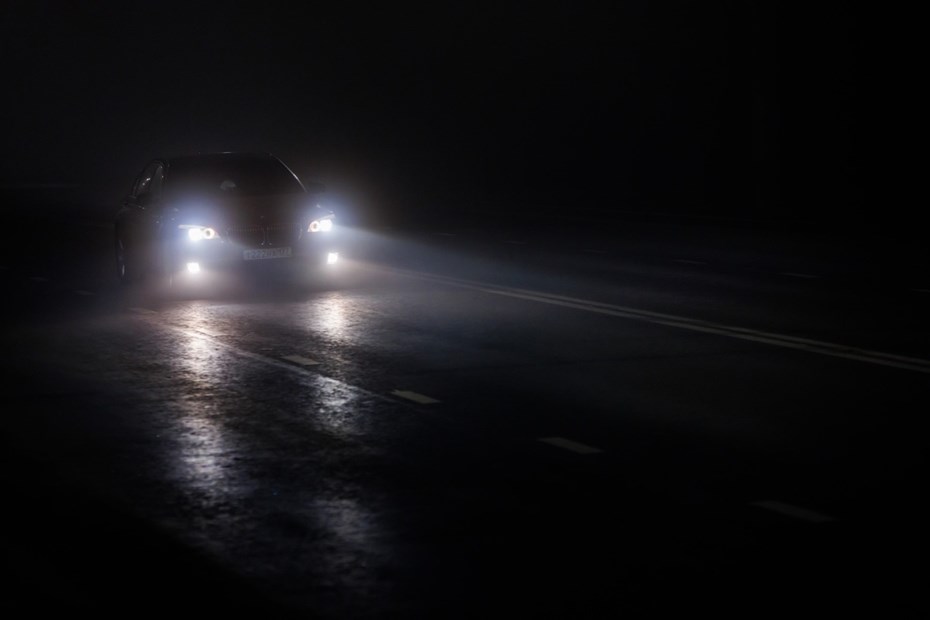Driving in winter in the UK presents many challenges, all of which need you to adapt your driving to the conditions so you stay as safe as possible. A big part of that is correctly using the headlights on a car to see – and be seen.
But the lighting technology in cars and the power of streetlights means it’s surprisingly easy and worryingly common for people to drive with no lights at all when they really should be on. For instance, many cars have automatic headlights that turn on when a sensor deems it’s dark enough. But they often get it wrong.
Ultimately you, the driver, are responsible for making sure your car is in a safe condition to driven. And UK law lays down rules for which lights you should use and when. If you get it wrong, the police could deem your car to be unsafe and issue a fine and driving license points. Worse, you could be prosecuted for driving without due care and attention, or even dangerous driving. And both of those offences can be punished with a ban.
In this guide, you’ll find all the driving advice you need on using your car’s lights in winter so you can keep yourself – and other road users – safe.
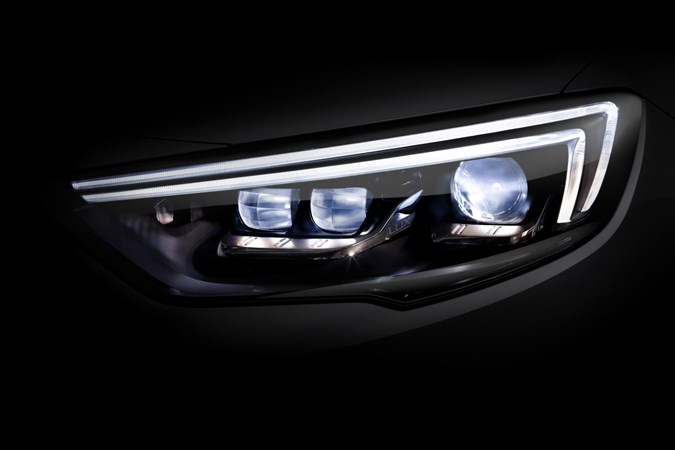
See and be seen
This is the basic principle behind all the rules about car lighting and the emphasis is very much on ‘be seen’. It really doesn’t matter if you think you can see well enough to not need lights – other road users need to be able to see you coming. The principle extends to keeping the lights on your car clean, especially in winter when they can quickly become caked in road grime.
You also need to make sure you use the right lights so you don’t dazzle anyone, or send them the wrong signal. For instance, if you don’t switch from high to low beam for oncoming traffic, the drivers won’t be able to see anything.
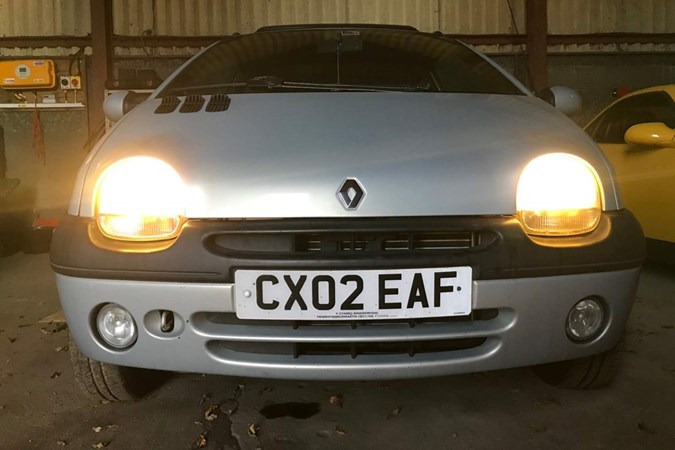
Which lights are required on a car in the UK?
According to UK legislation on car lighting, all cars sold new here must be fitted with the following:
- Head and tail lights, with high and low beams at the front.
- Front and rear sidelights, also known as parking lights or marker lights.
- Rear brake lights, on both sides of the car. Many cars also have a central or ‘high-level’ brake light; if fitted it must work.
- Front and rear amber indicators, including ‘side repeaters’ on all cars sold since 1 April 1986.
- Hazard warning lights – i.e. all indicators flashing together.
- A rear fog light positioned centrally or on the driver’s side.
- Rear number plate light.
Many cars have additional lights such as front fog lights, cornering lights and separate high beam lights.
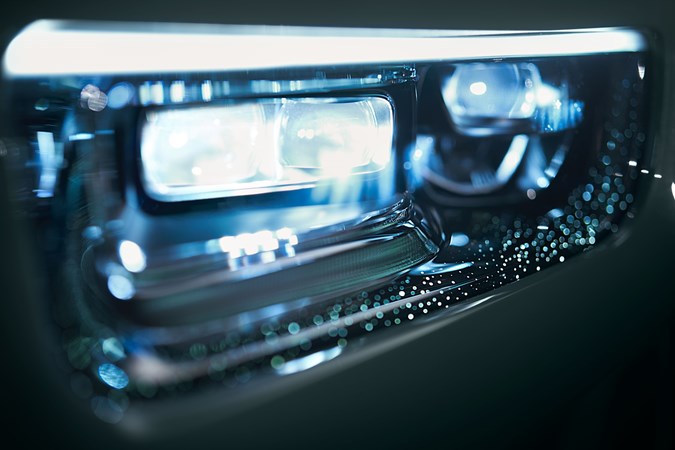
When should you use headlights?
The Highway Code gives clear guidance on when you should use the headlights on a car. You are legally required to switch them on no more than 30 minutes after sunset, and you can switch them off no more than 30 minutes before sunset.
However, it can be really dark at any time of day, particularly in winter when the sun stays relatively low in the sky. Local geography means some parts of the country can be in shadow for most of the day. So it’s often appropriate to use your headlights at times other than night.
As a rule of thumb, if you can’t clearly and consistently see at least 200 metres in front of your car, it’s time to turn your headlights on. You should also pay attention to other cars around you – if a majority of them have their headlights on, you probably should too.
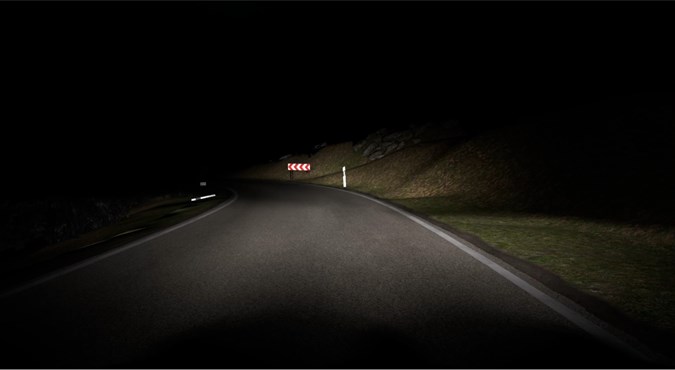
Common lighting mistakes
It’s worryingly easy to not realise your car’s lights aren’t on, and many drivers are in the habit of using the wrong lights. Here are some examples of mistakes and elephant traps, and how to avoid them.
Illuminated dashboards
In many older cars, the dashboard illumination comes on with the headlights. That makes it very easy to tell when you need the headlights – if the dashboard is dark, it’s time to turn them on. However, most cars built over the last 10 years or so have dashboards that are permanently illuminated, so it’s easy to miss that the lights aren’t on. However, the symbols for low and high beam are still used to show you when the headlights are on.
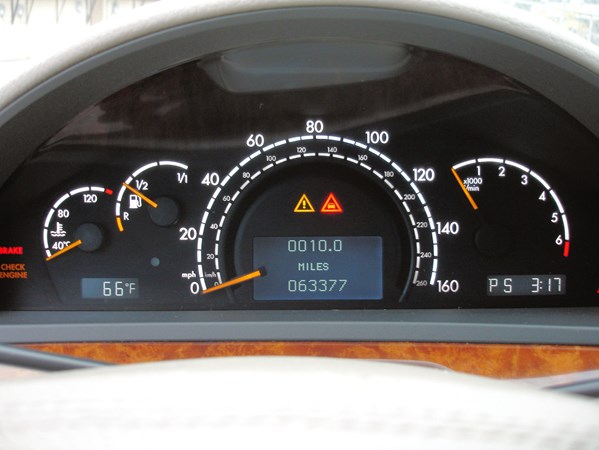
Ultra-bright street lighting
The street lighting in many towns – and particularly in car parks – is so bright that it practically turns night into day. As a result, it may simply not occur to you to use your headlights, but you do still need to.
Relying on automatic lights
Many cars are fitted with headlights that switch on automatically in low light conditions. But they don’t always get it right, for instance they might not be able to tell when visibility is significantly reduced in a rainstorm. Other drivers who use your car may switch the lights out of the automatic setting, as well.
Mistaking daytime running lights for headlights
Every car currently sold in the UK is required to have daytime running lights (DRLs) which are illuminated when the headlights aren’t switched on. They’re very useful, allowing your car to be seen by other road users from several hundred metres away. Many older cars built in the last 10 years or so have them, as well. DRLs always use LED bulbs and can be so bright that it’s easy to mistake them for headlights. However, at night, they don’t provide anything like adequate illumination for other road users to see you coming.
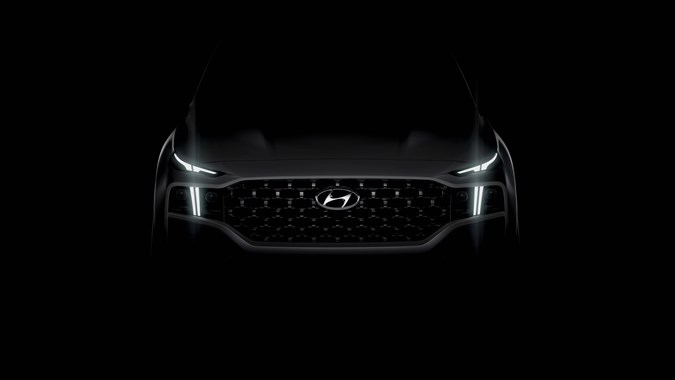
Using side lights (and fog lights)
We frequently see drivers just using their sidelights at night, despite them providing next-to-no illumination to see the road. The light doesn’t travel far either, so it’s difficult to see the vehicle coming. Just using fog lights is quite common, as well. Again, they don’t provide adequate illumination for the driver, and they dazzle other road users. We’ve even come across people who use side lights and fog lights together.
Avoiding these mistakes and traps
Rest assured that we’ve all got it wrong at some point. There’s no easy trick for remembering to turn your car’s lights on, both at night and during the day. But what you can do is always be aware of the time of day and the prevailing light conditions, and consider if you can see and be seen whenever the conditions change.
When should I use foglights?
All cars are legally required to have at least one rear fog light. It’s red and produces a piercing light that cuts through the gloom, allowing road users to see there’s a car up ahead.
Many cars also have front fog lights. They cast a bright, low, wide and short spread of light that illuminates road marking and kerbs/verges. That means, contrary to popular perception, they don’t actually allow you to see further – though other road users are better able to see you coming.
Front and rear fog lights can be turned on separately.
Fog lights should only be used when visibility is severely reduced by fog. According to the Highway Code, the rear fog light should be turned on when visibility is down to 100m or so. When you turn on front fog lights is for you to decide, though we tend to turn both on together.
There are some circumstances when using front fog lights can actually make visibility worse. If the road is wet, they can dazzle both you and other road users. And particularly wet fog can reflect the lights back towards the car, which could dazzle you.
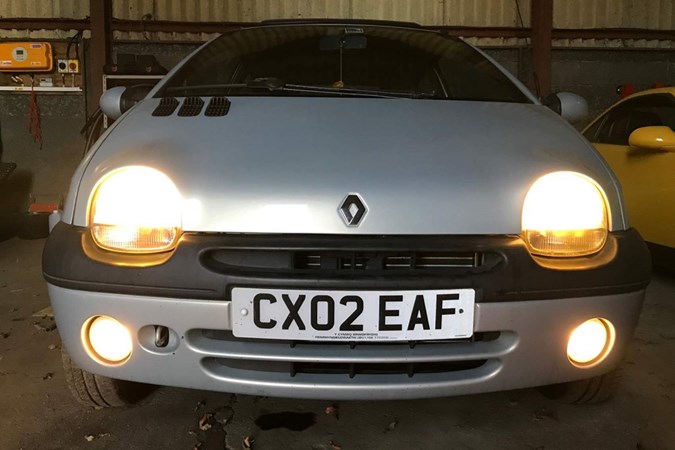
Using your lights in bright sunlight
This may sound counterintuitive, but it can be necessary at any time of year, particularly in winter. You’ve probably experienced driving into bright but low sunlight that casts very long shadows and makes it difficult to see what’s in front of you. If the oncoming traffic is illuminated, you can see it much more easily.
So, if you become aware that there is bright, low sunlight behind you, be courteous to other road users and turn your lights on.
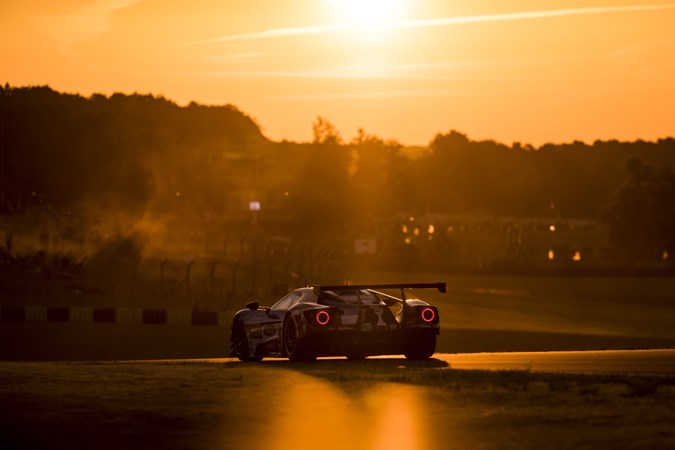
Don’t sit with the brake lights on
The Highway Code clearly states that, if you’re stationary in a line of traffic, you should put the car’s handbrake (or electronic parking brake) on, rather than sit there with your foot on the brake. That’s because brakes lights are very bright and can dazzle drivers behind you, particularly at night and when it’s raining. We should note it’s reasonable to sit with the brake lights on if you find yourself at the back of a queue, especially if its cause isn’t visible. That way, any drivers coming up behind you will know they need to slow down.
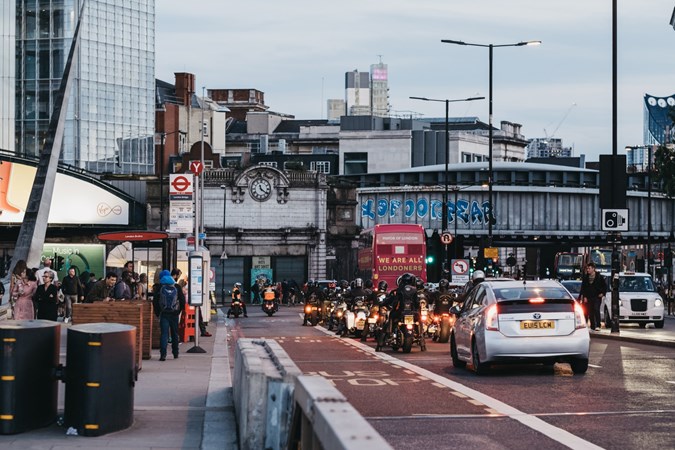
FAQs
-
Should I replace my headlight bulbs before winter?
If your bulbs are starting to look a bit dim or have been in for a while, it's a good shout to replace them before winter hits. A fresh set can make a big difference when it comes to cutting through murky weather, and upgrading to brighter bulbs can give you a handy boost in visibility.
-
What are the best types of headlights for winter driving?
LED or xenon headlights are a smart choice for winter driving—they’re brighter and whiter, making it easier to see in dodgy conditions. Halogens still get the job done, but they can seem a bit duller in comparison when the weather turns grim.
-
What should I do if my headlights fog up in winter?
If you spot condensation in your headlights during the winter, try running the car with the lights on for a bit — it should help clear the moisture. If that doesn’t do the trick, it’s worth checking for any cracks in the headlight casing or making sure the vents aren’t blocked.
-
Why do my headlights seem dimmer in winter?
Cold temperatures and those long, dark nights can make your headlights seem less bright. Winter road grime and dirt on the lenses don’t help, either. Give them a regular clean to keep them shining bright.
Just so you know, we may receive a commission or other compensation from the links on this website - read why you should trust us.


